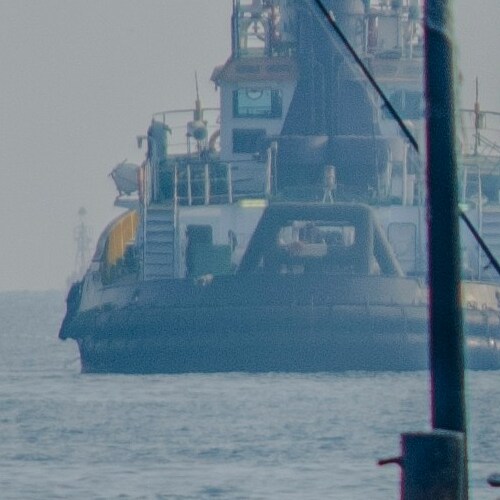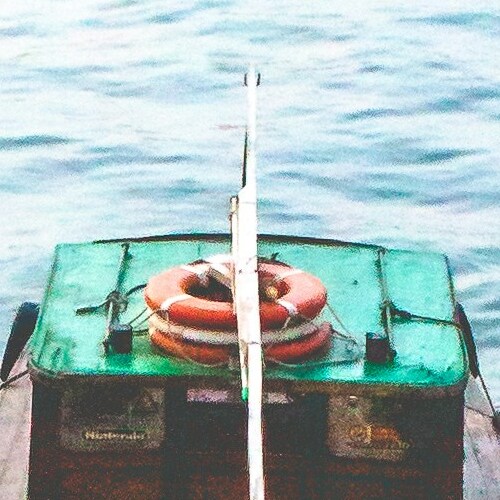No other nation in the world says ‘Welcome’ as often as the Egyptians, and every time, they mean it. While the ancient civilization of Egypt continues to amaze, contemporary Egyptians are equally remarkable.
Melting Pot
The History of Port Said
Port Said, a city of pivotal historical and cultural significance in Egypt, has a rich and diverse past that has shaped its unique identity. Here’s a comprehensive look at the history of this important port city:
- Foundation and Early Development
- Founded on April 25, 1859, by Sa’id of Egypt, marking the start of the Suez Canal construction.
- Ferdinand de Lesseps initiated the construction, symbolized by the first swing of the pickaxe.
- The city initially faced challenges like anchoring difficulties for ships, resolved by a nearby rocky outcrop.
- Architectural Evolution
- Early on, resources for construction were scarce; everything had to be imported.
- Buildings were often made of wood or imported in kit form due to a lack of local stone.
- Innovative construction techniques were used, including conglomerate concrete for jetties and the lighthouse, the latter being the only original building still standing.
- Population Growth and Diversity
- The population grew rapidly, from 150 laborers in 1859 to 10,000 by 1869 when the canal opened.
- Port Said became a cosmopolitan city, housing various nationalities and religions, particularly from Mediterranean countries.
- Geographical and Urban Development
- Initially, the European and Arab districts were separated by a strip of sandy beach, which later developed into a unified urban space.
- By the early 20th century, the city had expanded significantly, facilitated by the cotton export trade and railway connection to Cairo.
- Cultural Melting Pot
- The city was a bustling international port with a multi-national population, including Jewish merchants, Greek photographers, Italian architects, and more.
- Multilingualism was common, with French being the lingua franca among Europeans and non-Arabs.
- Historical Events and Changes
- Port Said played a significant role in Egyptian history, notably during the British occupation and the Suez Crisis.
- The city was at the forefront of major political and military events, including the nationalization of the Suez Canal by President Nasser in 1956.
- Modern Developments
- Post-Suez Crisis, the European community largely emigrated, and the city faced challenges during the Arab-Israeli wars.
- After the reopening of the Suez Canal in 1975, Port Said was re-inhabited and declared a duty-free port, leading to a resurgence in its economy and population.
Port Said’s history is a tapestry of construction triumphs, multicultural coexistence, architectural marvels, and significant geopolitical events. From its inception during the Suez Canal construction to its evolution into a bustling, diverse metropolis, Port Said has remained a crucial gateway between Egypt and the world, embodying a unique blend of cultures, languages, and histories.
Created On March 18, 2020
Updated On Aug , 2024
PORT SAID Travel Guide



